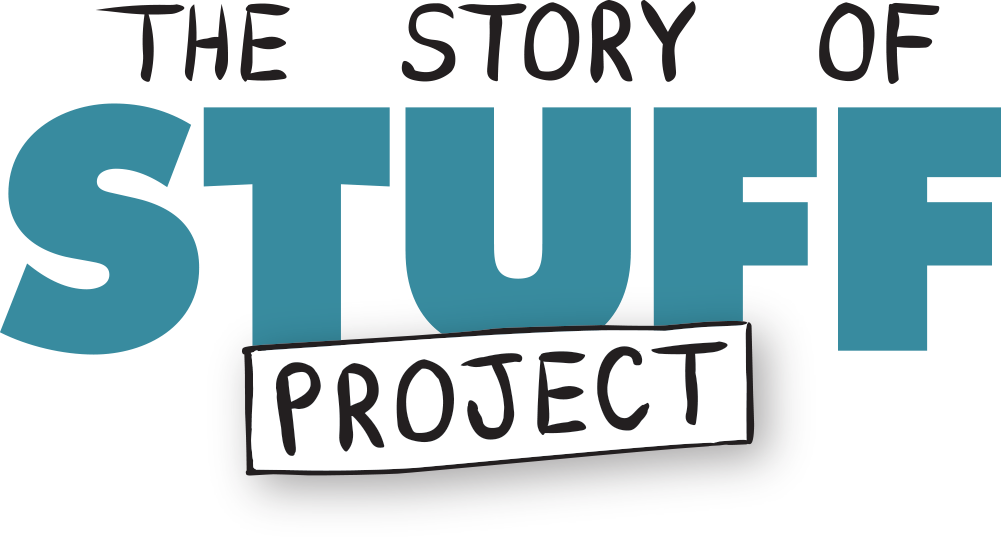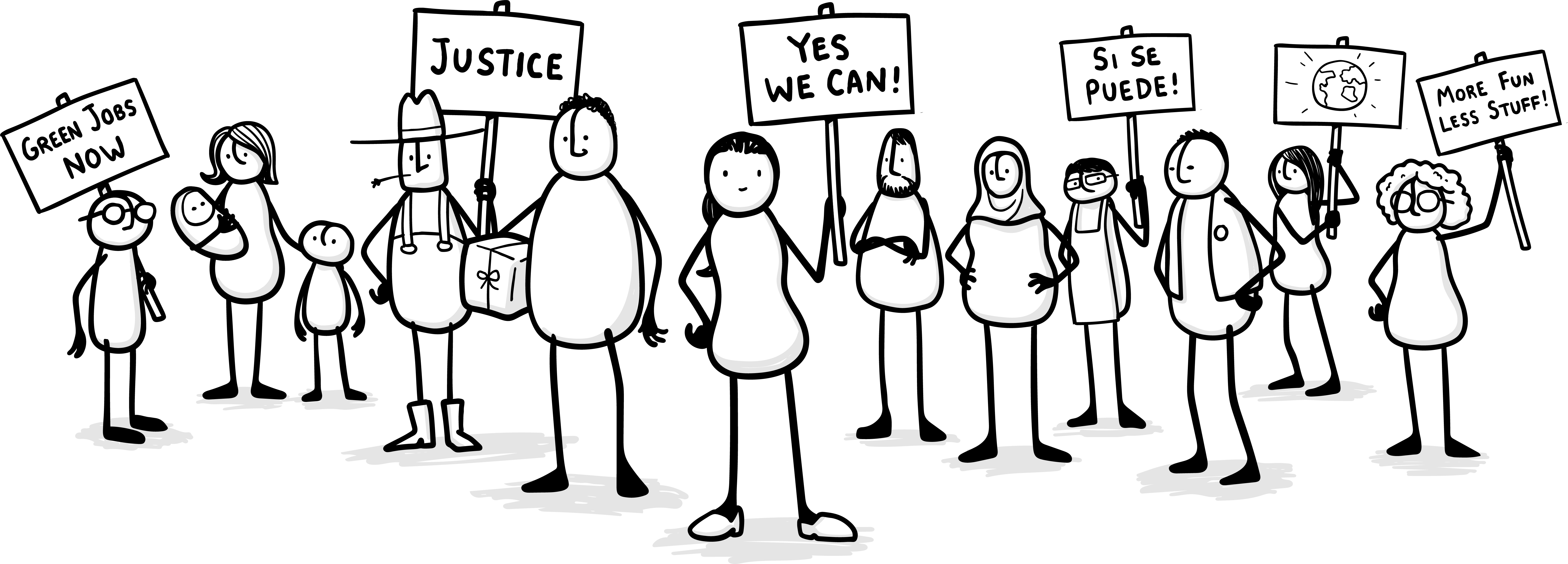Investment in improved return infrastructure is welcome but must include enhanced oversight of retailers’ compliance with their takeback responsibilities
The California agency CalRecycle has announced a new budget proposal committing nearly half of the $600 million surplus it currently holds from unredeemed bottle and can deposits to improving the recycling rate of the 26 billion redeemable beverage containers sold in the state.
The pledge comes a month after a Story of Stuff community-led survey and report revealed deep flaws in the state bottle bill – namely that gaping holes in consumer access to beverage container redemption points across the state are to blame for our declining recycling rate.
While the budget still needs to be approved by the legislature, this is an important step toward improving the program’s returns infrastructure and getting deposits back in the hands of Californians. The pledge committed to spending the $330 million is as follows:
- $100 million to double consumer refunds with bonus recycling credits once new mobile recycling and reverse vending machine programs are in place.
- $55 million to boost returns in rural and underserved communities with state-funded mobile recycling programs.
- $100 million to add about 2,000 reverse vending machines through grants to high schools, colleges and retailers that are obligated to redeem containers in-store.
- $50 million to maximize the quality of recycled beverage containers to help more get recycled content into new beverage containers.
- $25 million for new infrastructure and technology to support redemptions and administration costs.
Investment Must be Coupled with Action
Our report California’s Bottle Bill – The Path to Redemption identified the lack of locations to return bottles and cans as the major issue plaguing the program. So while the budget measure is welcome in principle, many unanswered questions remain about what impact the investment will have.
Critically, while we applaud the move to commit $100M to doubling the deposit amounts returned to Californians, these payments won’t benefit Californians living in recycling deserts without major improvements in access to points of return. For those unable to retrieve their deposits – such as the many Story of Stuff Community members who responded to a recent survey – doubling the value of a deposit they simply can’t redeem will only add to their sense of frustration.
The proposal also allocates $55M toward mobile recycling systems in rural and underserved areas. Unfortunately, the state’s track record with mobile recycling systems has rightly drawn serious criticism. Reporting on San Francisco’s recent mobile pilot shows that a city of nearly nine hundred thousand people is producing just 25 bags of containers a day. Mobile return units should be considered as an addition, not a replacement, to the thousands of large retailers that should be accepting the return of bottles and cans.
The allocation of funds towards two thousand new reverse vending machines to take back bottles is a welcome move, but questions remain about how they will be distributed. CalRecycle has claimed that these will be made available to retailers participating in the system alongside other sites – but as our report identified, there are still far too many retailers that are exempted, opt out of the system, or that are simply not complying with their responsibilities to take back empty containers.
The Bottom Line
While we welcome CalRecycle’s recognition that the surplus generated by unredeemed deposits must be invested back into the program, it will only address one half of the problem; that investment must be met with good faith participation from retailers and oversight to ensure that happens by CalRecycle.
The buildup of $600M in CalRecycle’s reserves is a direct result of the failure to provide sufficient return points for Californians. Reinvesting those funds must be coupled with assurances that recycling centers are sufficiently funded and that retailers participate in the program.
Absent sufficient retailer participation, CalRecycle should commit further resources towards oversight, compliance and penalties for retailers failing to live up to their responsibilities under the program. Without those additional steps, the planned investment from CalRecycle will fall short of what is required to fix the program.





